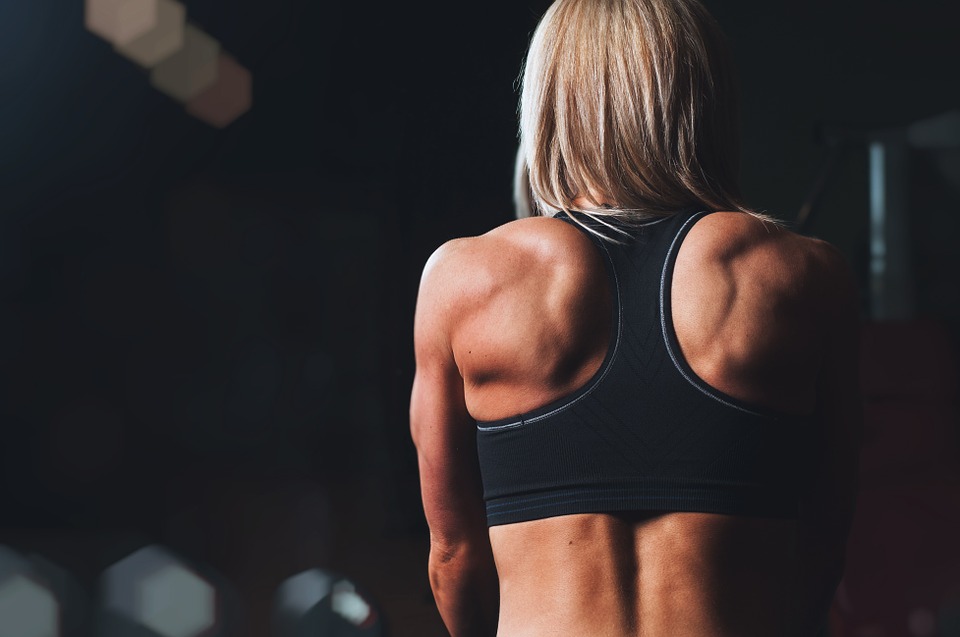How to properly warm up muscles before doing sports?
In order to give the best performance in any sport, you need to be well prepared. It is not enough to train, you also need to take care of your muscles. It is important to warm them up properly before exercise. Still many people underestimate it and risk injuries. How to warm up muscles properly?
Beware of static stretching
Do you stretch the way we were taught at school? Leaning forward and touching your toes without bending your knees... Static stretching increases flexibility and stretches muscles, but at the same time deactivates muscle fibres and does not reduce the possibility of getting injured during exercise.
Static stretching is useful when it comes to increasing flexibility, not strength endurance.
Dynamic stretching
It warms up the body, reduces the risk of injury and prepares you for exercise. Dynamic stretching uses muscle mobility to the full extent.
Dynamic stretching includes, for example, lunges, squats or the so-called Frankenstein walk.
Warm up before exercise
Prepare your body for maximum performance. Warm up your muscles and treat them to dynamic stretching. This will make the muscles flexible, more resistant to injury, they will cope better with the load and produce more strength.
Running or cycling
Start with a light run and a running alphabet (lifting, skipping, back kicking) or a short bike ride. 5‑10 minutes is enough. It will increase blood flow to the muscles and heart rate. The necessary hormones begin to be released into the body.
Dynamic stretching
Involve in the movement as many joints in the body as possible. Focus on the spine, shoulders, wrists, hips and ankles. Include:
- Circling the wrists, elbows and shoulders in both directions (15 seconds on each side)
- Circling with a band or a wooden handle forwards and backwards
- Torso rotation from side to side with hands over head (again holding a band or a handle)
- Pushing with a band hooked behind the back
- Push-ups
- Squats
- Lunges
- Movement of the foot coming from the hip joint from front to back (the so-called Frankenstein walk)
You can easily warm up the muscles before exercise using various warming herbal gels. You will reduce the probability of a possible injury and help areas under a lot of strain.

Don't forget to stretch after exercising
It helps regeneration and prevents unnecessary injury. Not only stretching before exercise is important. Stretching means to pull, prolong, relax, increase flexibility,…
Stretching after exercise calms the muscles, helps them to regenerate. It reduces the likelihood of muscle cramps, pain and various tendon and bone injuries.
Again, about 10–15 minutes will suffice. Ideally, it should be preceded by about 10 minutes of aerobic activity at a steady pace to slow the heart rate.
- Slowly stretch all the muscles. But beware, it must be a slow and smooth movement, no waving and kicking.
- You should feel a slight pull in the muscle involved, but do not overdo it. Hold the position for 15-20 seconds.
- the exercise several times in a row.
- You can also try cooling gels, which speed up regeneration. They need to be massaged in thoroughly.
Tendon and muscle massage removes pain and helps them to regenerate faster
There are really a lot of muscles in our body. They influence our whole lives. Without them we would not walk, we would not move our hands, we would not eat, our organs would not work,… They are indispensable for our lives.
Hence it is important that they work properly. Unfortunately, we overload them every single day. While this may seem incomprehensible, even people in the office who sit at a computer for 8 hours overload them. Muscles shorten, lose flexibility and strength. And stress affects them in the same way.
Massage can bring relief. It causes tissue changes, mechanically disrupts skin restrictions, improves secretion of the sebaceous and sweat glands. It improves blood flow in the veins which makes it easier to flush out waste products from the body.
Kneading muscles leads to relieving or increasing tension and improves muscle and joint function. Massage affects muscle tension by relaxing techniques and thus restores the natural balance between the individual muscles.











